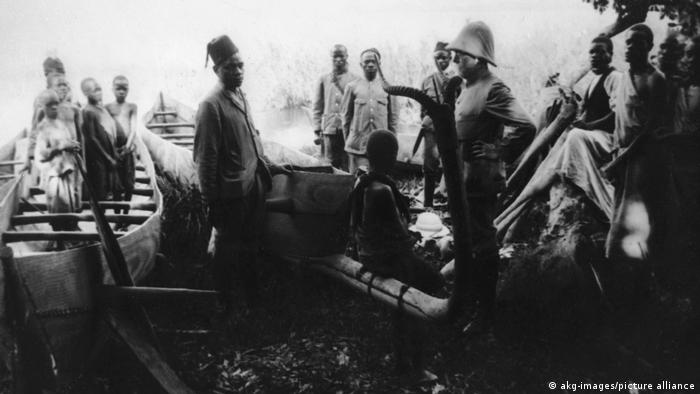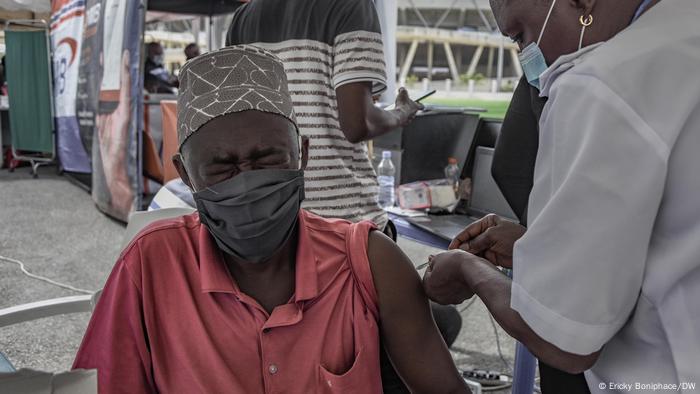Analysis: the global church, founded almost 40 years ago in north-west Sydney, has little choice but to launch an independent inquiry

Elle Hardy
Sun 27 Mar 2022
Judgment Day has come for Hillsong – but not in the way its pastors promised.
To recap a damning week for the church, its founder and global senior pastor, Brian Houston, has resigned after an internal investigation found he had breached the church’s code of conduct twice over the past decade by behaving inappropriately towards two women.
The church has further been rocked by the revelation that the former Hillsong Dallas pastor Reed Bogard resigned last year after he was accused of rape. A former Hillsong college student also went public with claims that the church had covered up her sexual assault.

‘Disappointed and shocked’: Scott Morrison distances himself from Hillsong pastor Brian Houston
On Thursday Hillsong Atlanta’s lead pastor, Sam Collier, resigned, citing the ongoing scandals and accusations about various members of Hillsong. “A lot of our members were becoming really fatigued with a lot of the scandals and having to talk about it so much,” Collier said. “[Trust] is the only thing you have when building a church.”
That the church has chosen to act now against Houston, despite having known about the matters for some time, feels significant, and possibly indicative of an internal power struggle. Over the past two years a number of prominent Hillsong pastors have been sacked or moved to new roles for their own indiscretions, most notably the celebrity preacher Carl Lentz – but Houston remained the church’s undisputed leader.
In a transcript of a leaked private video conference last week, church leaders acknowledged the obvious: Hillsong is in crisis. I would go further: it is facing catastrophe. Scandals it largely tried to blame on individual shortcomings show a widespread culture that is rotten to its core.
Hillsong built an empire through an audience that is young, multicultural and majority female. They attend Hillsong because they like a particular pastor, attend a youth group, love the music, or to be among friends. That Collier, a popular and gifted young preacher, can no longer be associated with Hillsong marks a significant turn.
Hip-hop-focused Hillsong Atlanta, not even 12 months old, was supposed to be a new dawn. Collier was its first African American senior pastor. He was also among the first to undergo a more stringent vetting procedure after Lentz’s downfall.
Many leaders and churchgoers were awaiting the outcome of Houston’s criminal trial in Sydney for allegedly concealing child abuse by his father before making judgments for themselves. Collier’s decision may well spark an exodus.
Now, other more established local pastors hold the key to Hillsong’s fate. If leaders – or significant numbers of worshipers – in places including South Africa and other branches in the US take their leave, Hillsong may find itself in freefall.
That is certainly a live possibility. Having spoken to a number of Hillsongers, there is a feeling of profound sadness for what has occurred. Many are taking time for deep personal reflection.
On top of the moral questions, there is also, to borrow an Australian expression, the vibe of the thing. Thanks to its modern music and upbeat style of worship, Hillsong’s popularity is due in large part to the way it helps people feel good about their faith.
The vast majority of Hillsong attenders don’t have a personal connection to Brian Houston but to their local pastor. They had been able to overlook Lentz and other scandals. But the weight of them and media attention, including an explosive documentary released last week about the church, is taking its toll. Having to answer questions from friends and family about why they are still attending Hillsong will quickly dampen the feelgood appeal.
Then there’s the damage to the wider brand. Hillsong’s finances are fairly opaque, but we know from other similar churches that the vast majority of their income – upwards of 80% – come from music and merchandise sales. Some 50 million people sing Hillsong songs each week in churches around the world, and its channels have had more than a billion views on YouTube.
If they begin tuning out – or tuning into Hillsong’s many imitators – the entire brand could be in real trouble. For context, Hillsong church has 1.8 million Facebook followers. Its two musical arms, Hillsong United and Hillsong Worship, have a combined 12.8 million. Hillsong’s branding and financial muscle is entirely wedded to its musical empire, without which it wouldn’t have been able to spread aggressively and successfully across 30 countries on six continents.
I’ve previously written that Hillsong faced a decision about whether to become more bureaucratic and rein in its pastors and lose some of its appeal, or continue on defiantly. Now, it has little choice but to launch an independent inquiry across all of its branches. The church may even need to assess whether the music and education arms need to rebrand or devolve from central leadership.
Ultimately, I believe that the Houstons will be loath to give up control of the organisation that they have led for almost 40 years. Brian and his wife, Bobbie, built Hillsong from a congregation of 45 in north-west Sydney, and changed the global religious landscape in the process. No matter its reach, it remains very much a family firm.
Which is why I would expect that Phil Dooley – the lead pastor of Hillsong Cape Town, who took on global leadership when Houston stepped aside earlier this year to contest the charges – to continue to guide the church through this rocky time. Longer-term, I suspect we may see the Houstons’ daughter, Laura, and her husband, Peter Toganivalu, become the faces of a rebirth. The youth ministry leaders, who abbreviate their surname to “Toggs” on social media, don’t carry the Houston name and are more representative of a diverse, young, global Hillsong.
As for Brian Houston, expect him to stay silent until his trial is completed. Regardless of the outcome, I don’t see a man who believes so fervently in repentance and rebirth being willing to stay out of the spotlight for ever.
Whether there is still the Hillsong we know today waiting for his return is another matter. For the first time in its history, Hillsong’s survival is no longer in its own hands.
Elle Hardy is a freelance journalist and author of Beyond Belief: How Pentecostal Christianity Is Taking Over the World
















